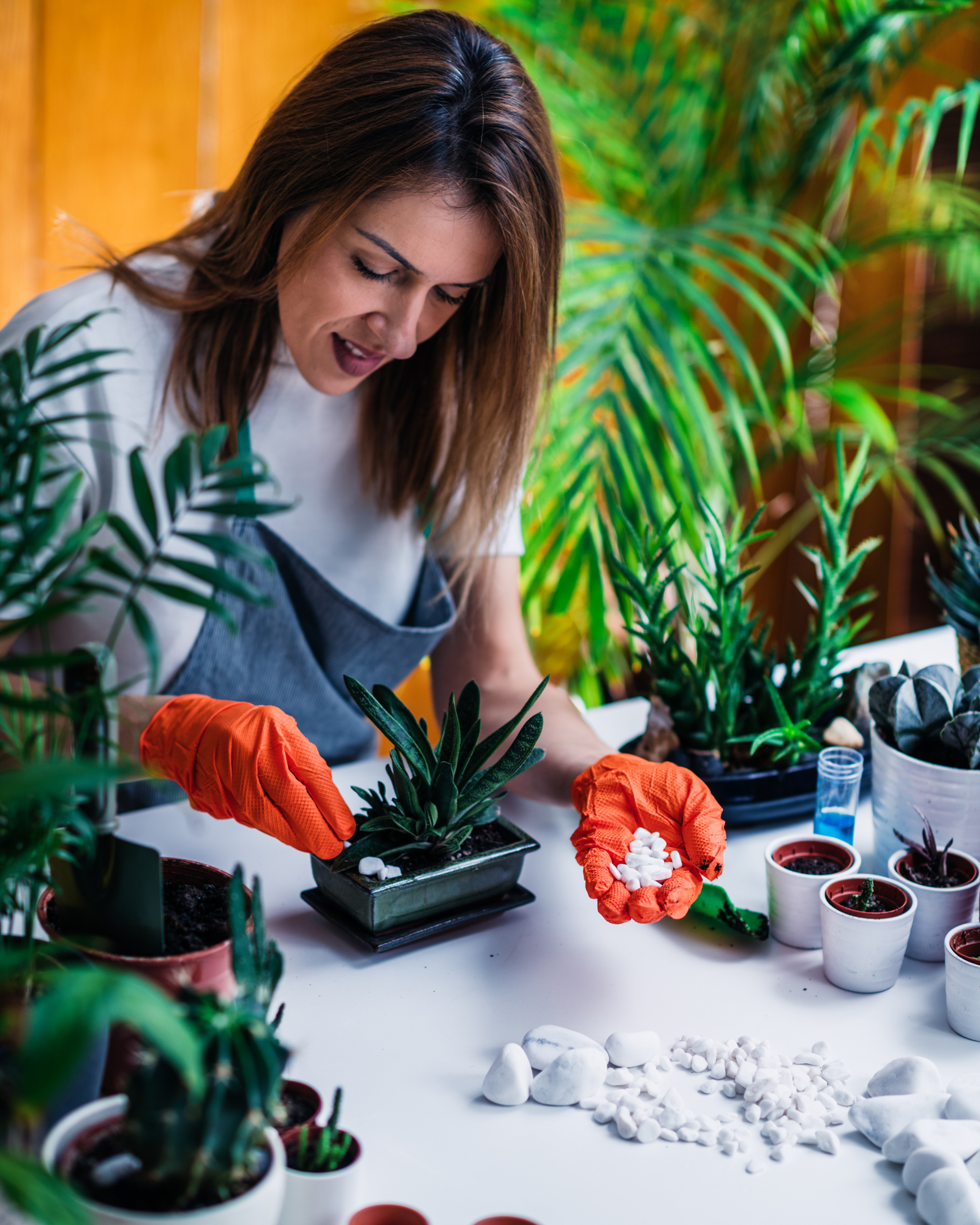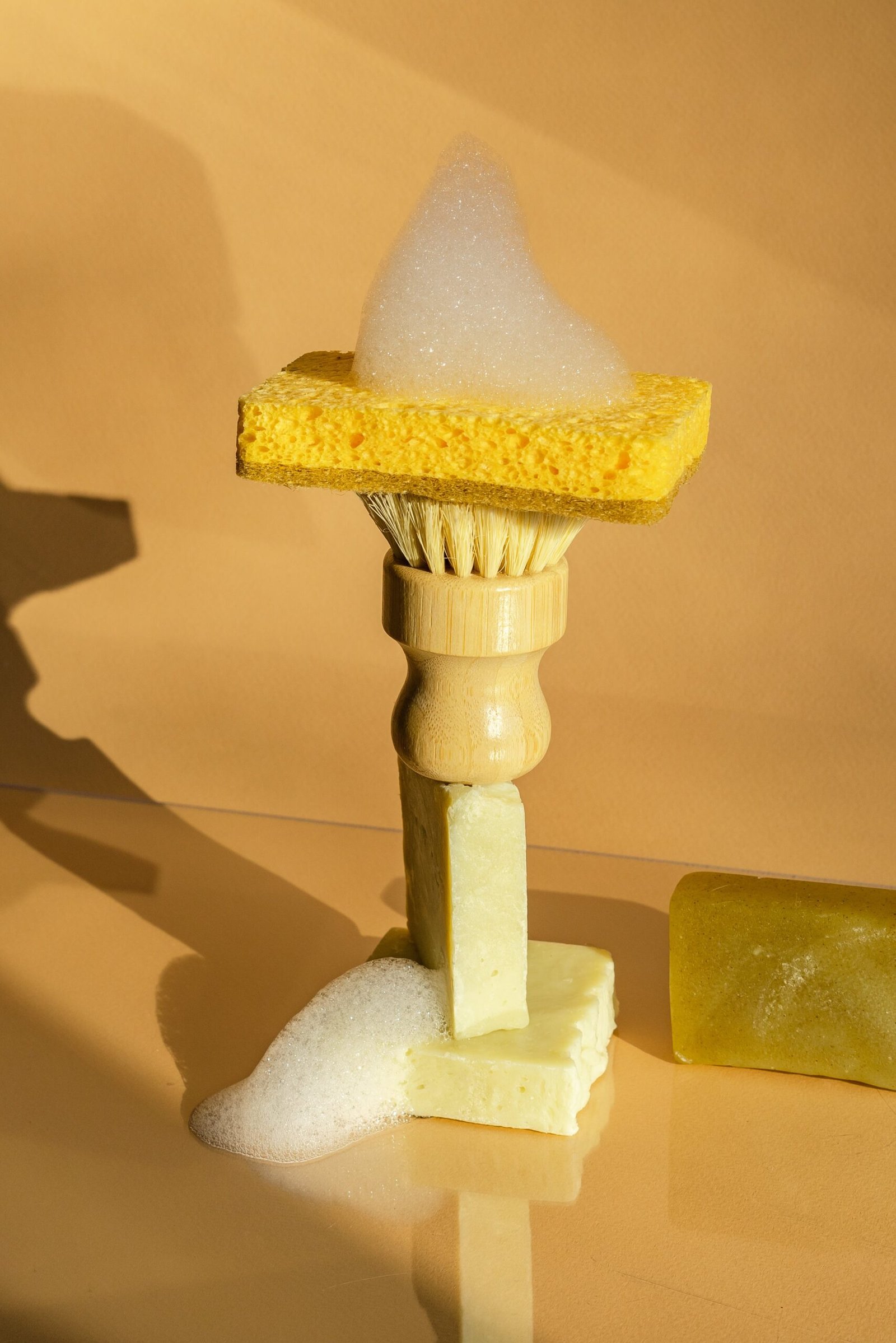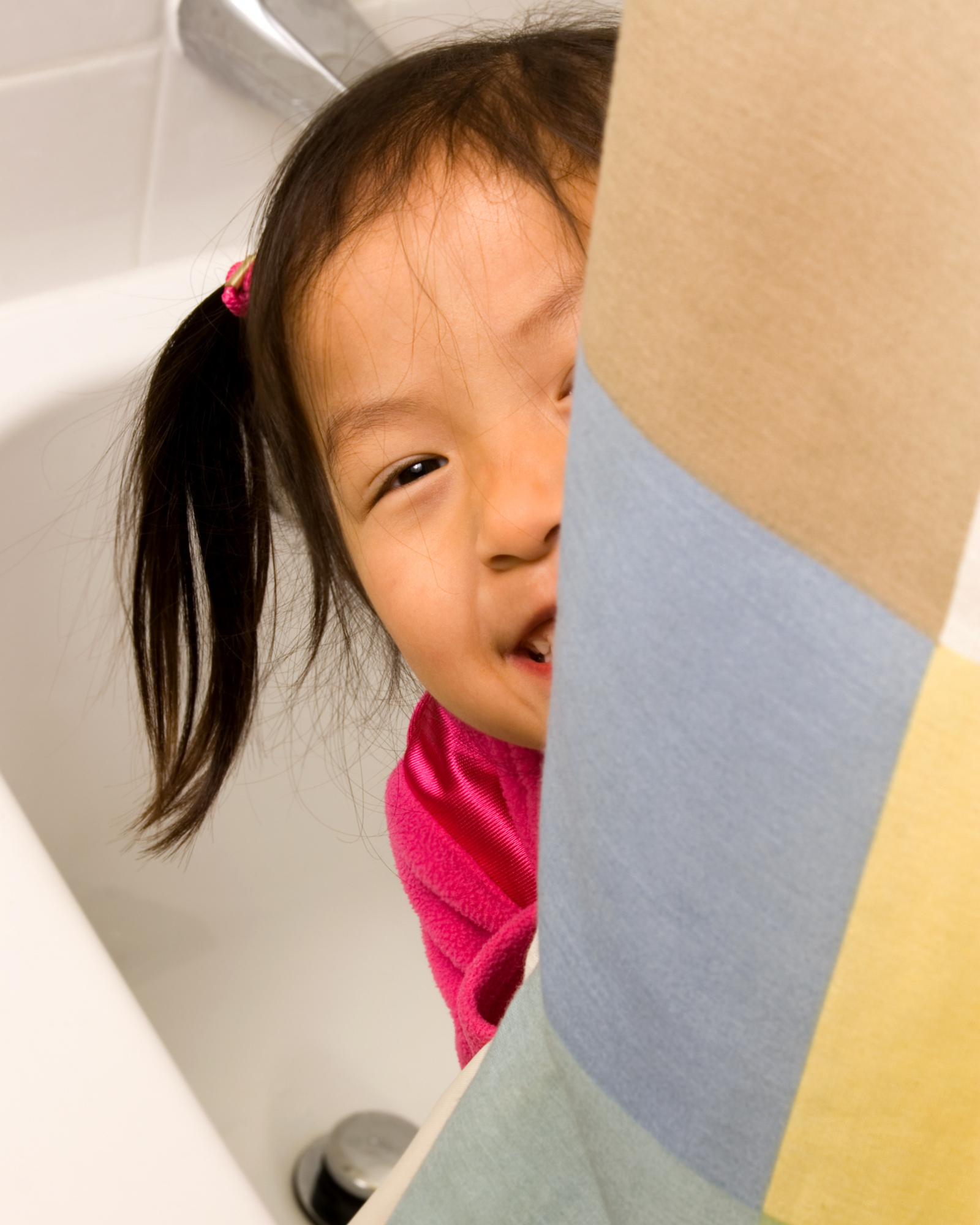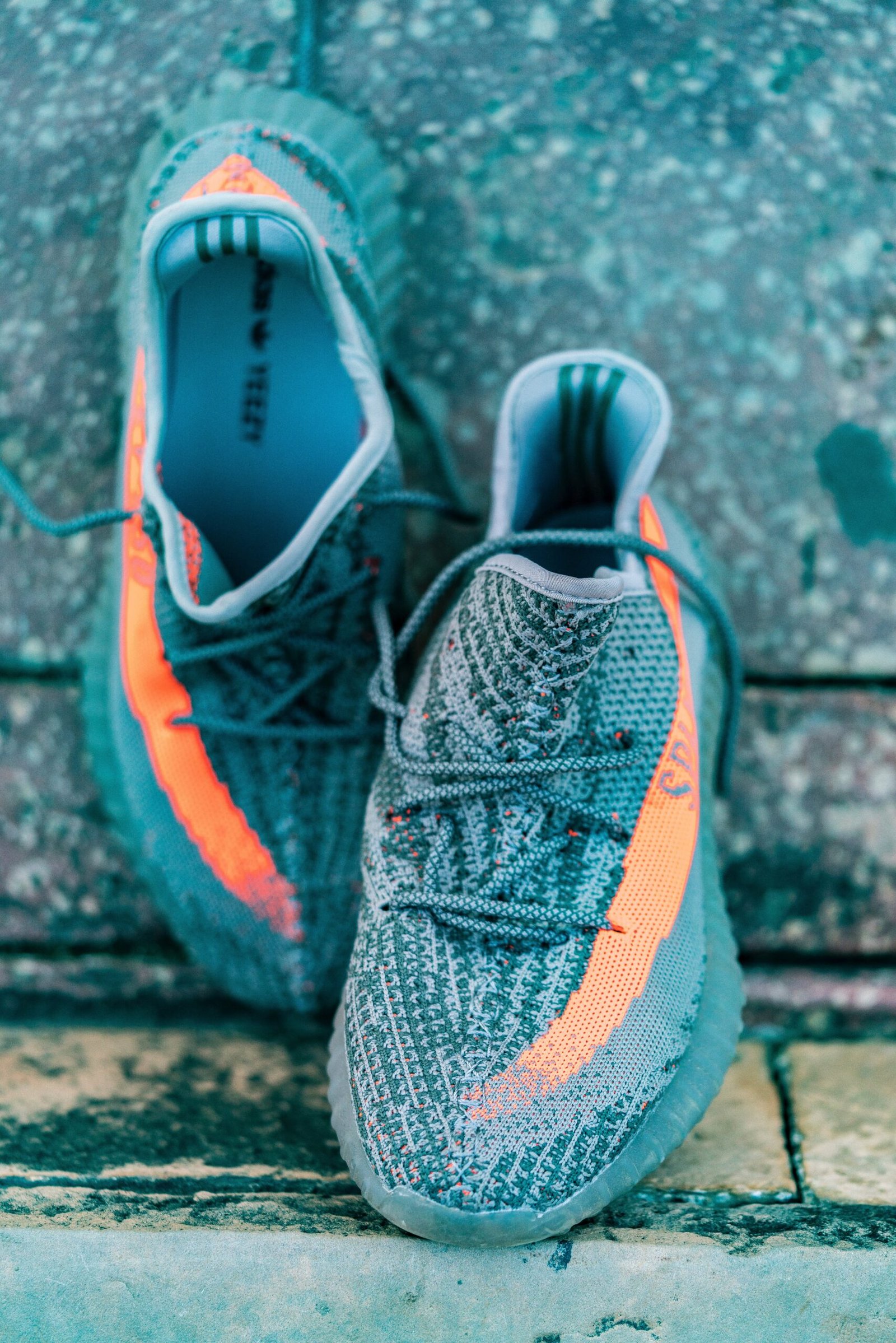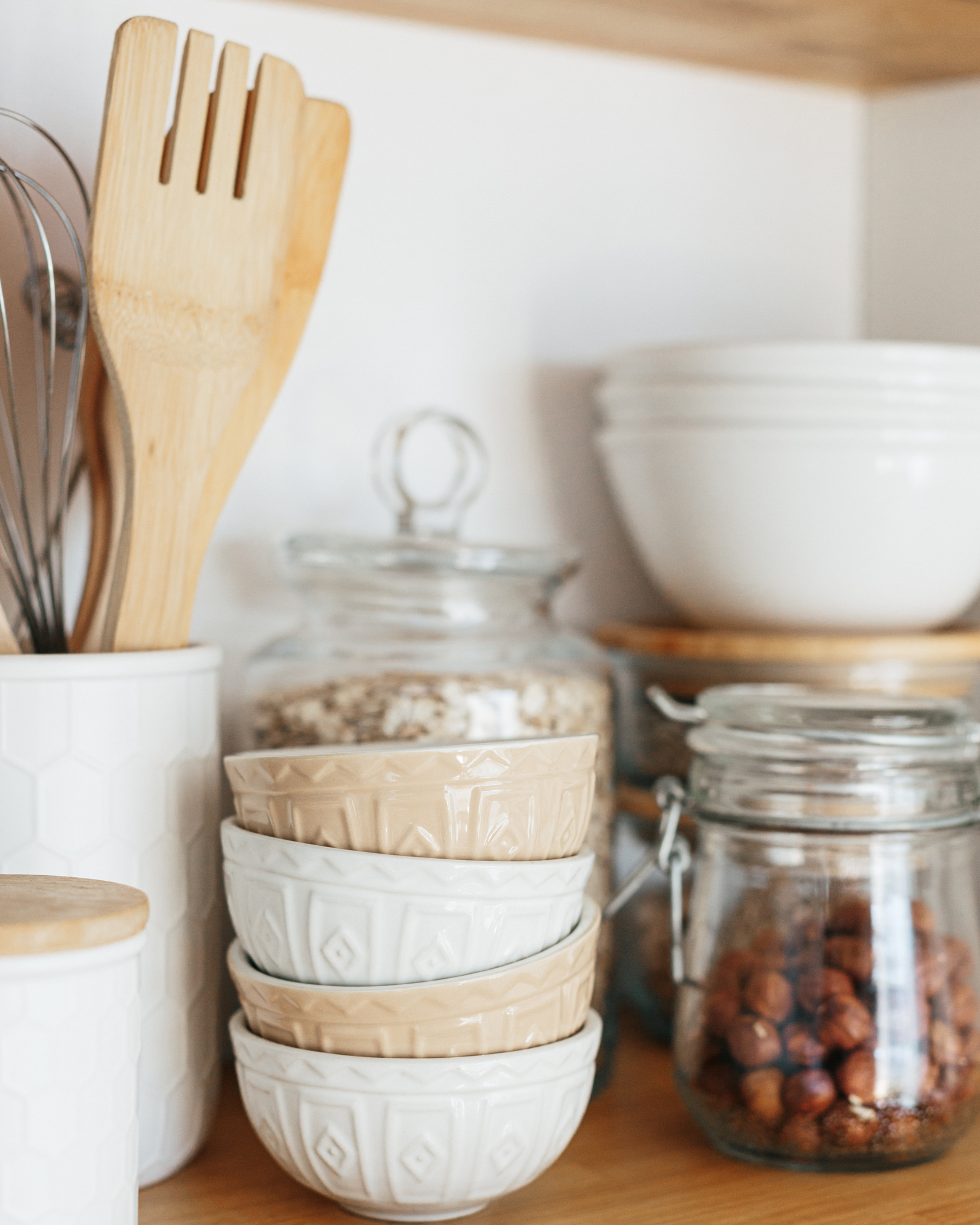Living in an apartment does not mean you cannot enjoy gardening. With limited space, you can still grow your own produce, flowers, or herbs and reap the benefits. In this article, we will provide a step-by-step guide on how to start an apartment garden and begin your journey toward having a green thumb.
- Why Grow an Apartment Garden?
- How to Grow A Garden in Apartments?
- What are the Best Plant Choices for Apartment Gardens?
- How to Take Care of Apartment Garden
- Tips and Tricks for Apartment Gardening
Why Grow an Apartment Garden?
There are many reasons to cultivate an apartment garden, ranging from health benefits to environmental advantages. For instance,
- Health benefits: Plants have been known to enhance physical and mental well-being by reducing stress levels, improving mood, increasing productivity, and purifying the air.
- Food security: Growing your own food can also help you save money, lessen food waste, and provide access to fresh and nutritious produce.
- Environmental benefits: Gardening at home can support local farmers, promote biodiversity, and reduce your carbon footprint, all of which have significant environmental benefits.
- Satisfaction: Ultimately, cultivating an apartment garden can bring happiness, creativity, and joy, making it a fulfilling and worthwhile pursuit.
How to Grow A Garden in Apartments?

Gardening in apartments is easier than it seems. You just need some basic knowledge of plants, soil, water, light, and pests. Here are some tips on how to grow a garden in apartments:
Choose the right containers

The first step is to choose the proper containers for your plants. Containers should be large enough to accommodate the root system of your plants and allow them to grow well. They should also be well-draining, meaning they have holes or drainage holes at the bottom or sides. You can use pots, baskets, boxes, barrels, or any other container that suits your space and style. We would recommend choosing containers made from sustainable materials like terracotta or bamboo.
Choose the right plants

The next step is to choose the right plants for your apartment garden. You should consider factors such as light exposure, water requirements, space availability, and maintenance level. Some plants are more suitable for indoor or outdoor growing than others. For example:
- Light requirement: When selecting plants for an apartment garden, consider the amount of light that your space receives. South-facing windows will get the most sun, while north-facing windows will get the least. East and west-facing windows will get varying amounts of sun throughout the day.
Choose plants that match the light requirements of your space. Since most apartments don’t get a lot of sun, it’s best to opt for plants that can thrive in low-light or no-light conditions, including succulents, cacti, ferns, orchids, snake plants, air plants, and some herbs. Additionally, there are certain vegetables, fruits, and flowers that can flourish in these dimmer conditions. So, don’t let a lack of sunlight stop you from bringing some greenery into your living space! - Water requirement: Water requirements vary by plant. Some may live without or very little water for weeks, whereas some may need watering regularly. Choose plants based on how much care you can provide (read watering). Also, remember that under-watering and over-watering both are problematic.
So, learn about the plants’ water needs you eventually choose to bring to your garden. There are quite a few self-watering options available these days. You might want to check those options as well. - Space requirement: You should choose plants that can fit in your space without taking up too much space or requiring too much care. Also, consider which areas of your apartment get how much light. You will need to manage the space requirements accordingly.
To maximize space in an apartment garden, consider using vertical gardening techniques. This can include hanging plants from the ceiling, using wall-mounted planters, or stacking containers on top of one another. - Maintenance level: If you are only starting with an apartment garden, we recommend choosing plants with low or moderate maintenance requirements. Apart from watering, regular maintenance includes pruning, fertilizing, repotting, or pest control.
Some such examples are succulents (such as echeveria), cacti (such as prickly pear), ferns (such as Boston fern), orchids (such as phalaenopsis), snake plant, ZZ plant, air plants, pothos, herbs (such as mint), vegetables (such as spinach), fruits (such as grapes), and flowers (such as sunflowers). - Indoor plants: These are plants that can thrive in low-light conditions or with artificial light. They include succulents, cacti, ferns, orchids, snake plants, and air plants.
- Outdoor plants: These can survive in harsh weather conditions or with protection from frost or wind. They include herbs (such as basil), vegetables (such as carrots), fruits (such as tomatoes), flowers (such as roses), and more.
Choose the right soil

The third step is to choose the right soil for your plants. Soil is essential for providing nutrients and water to your plants. However, soil can also compact in pots over time, limiting oxygen flow. Therefore, you should use a well-draining potting mix that is light and fluffy but somewhat sterile.
You can buy ready-made potting mix from garden centers or online stores or make your own by mixing equal parts of peat moss (or perlite), vermiculite (or coir), sand (or perlite), and compost.
Choose the right location

Choosing the right location for your outdoor apartment garden can make a big difference in the outcome and enjoyment of your hobby. You should select a location with easy access to a water supply (such as a faucet or hose) and a drainage system (such as a tray or saucer). You should also choose a location that has good ventilation (if you have fans) and humidity (if you have misters). You should also select an area with good protection from frost or wind (if you have screens) and temperature extremes (if you have heaters). Some factors to consider when choosing a location for your outdoor apartment garden are:
- Sunlight exposure: You should choose a location with enough sunlight to provide light for your plants but not too much to scorch them.
- Wind protection: You should choose a location with enough wind protection to prevent your plants from being blown away but not too much wind protection to block their growth.
- Humidity: You should choose a location with enough humidity to keep your plants moist but not so much that it will cause fungal infections.
- Temperature: You should choose a location with enough temperature to keep your plants warm but not too much to cause heat stress.
Choose the right tools

The fifth step is to choose the right tools for your apartment garden. You will need some essential tools such as:
- A watering can or hose
- A pair of scissors
- A trowel
- A shovel
- A rake
- A pair of gloves
- A pair of pruning shears
- A pair of tweezers
You might also need some additional tools depending on what kind of plants you have, such as:
- A potting mix scoop
- A measuring cup
- A thermometer
- A label maker
What are the Best Plant Choices for Apartment Gardens?



There are many plant choices for indoor apartment gardens that can add beauty and value to your space without taking up too much space or requiring too much care.
Some of the best plant choices for indoor apartment gardens are:
| Plant | Description | Light Requirement | Water Requirement | Container Requirement |
|---|---|---|---|---|
| Succulents | These are plants that store water in their leaves or stems instead of roots. They come in various shapes, sizes, colors, and textures. They are drought-tolerant and easy to care for. | Low-light or bright indirect light | Infrequent | Small pots |
| Cacti | These are plants that have thick, fleshy stems and spines. They can be succulents or non-succulents. They are also drought-tolerant and easy to care for. Some examples are prickly pear, barrel cactus, and Christmas cactus. | Low-light or bright indirect light | Infrequent | Small to medium pots |
| Ferns | These are plants that have feathery leaves and reproduce by spores. They come in various shapes, sizes, colors, and patterns. They are low-maintenance and can purify the air. Some examples are Boston fern, peace lily, and snake plant. | Bright indirect light | Regular | Hanging baskets or pots |
| Orchids | These are plants that have exotic flowers and showy stems. They come in various shapes, sizes, colors, and varieties. They are high-maintenance but rewarding to grow. Some examples are phalaenopsis, dendrobium, and cattleya. | Bright indirect light | Regular, with humidity | Medium pots |
| Snake plants | These are plants that have long, sword-like leaves and no flowers or fruits. They come in various shapes, sizes, colors, and patterns. They are low-maintenance and can purify the air. Some examples are the mother-in-law’s tongue, ZZ plant, and Chinese money plant. | Bright indirect light | Infrequent | Tall pots |
| Air plants | These are plants that have no roots or soil but rely on air to absorb water and nutrients from the air or misters. They come in various shapes, sizes, colors, and textures. They are low-maintenance and can purify the air. Some examples are pothos, monstera deliciosa, and echeveria. | Bright indirect light | Misting regularly | Display stands or terrariums |
| Herbs | These are plants that have edible leaves, stems, or flowers and are used for cooking or medicinal purposes. They come in various shapes, sizes, colors, and flavors. They are easy to grow and harvest. Some examples are basil, mint, rosemary, and thyme. | Bright indirect light | Regular | Small pots or planters |
| Vegetables | These are plants that have edible leaves, stems, roots, or fruits and are used for cooking or medicinal purposes. They come in various shapes, sizes, colors, and flavors. They are easy to grow and harvest. Some examples are lettuce, spinach, carrots, and tomatoes. | Bright indirect light | Regular | Planters or large pots |
| Fruits | These are plants that have edible seeds or flesh and are used for eating or making juice or jam. They come in various shapes, sizes, colors, and flavors. They are easy to grow and harvest. Some examples are apples, oranges, grapes, and strawberries. | Bright indirect light | Regular | Large pots or containers |
| Flowers | These are plants that have colorful petals or stamens and are used for decoration or making bouquets or crafts. They come in various shapes, sizes, colors, and varieties. They are easy to grow and harvest. Some examples are roses, sunflowers, daisies, and orchids. | Bright indirect light | Regular | Pots or planters |
How to Take Care of Apartment Garden

Caring for an indoor apartment garden can be a rewarding and relaxing hobby. However, it also requires some attention and care to ensure the health and happiness of your plants. Here are some tips on how to take care of an indoor apartment garden:
Water your plants regularly
Watering your plants regularly is essential for keeping them hydrated and preventing them from wilting or drying out. You should water your plants according to their specific needs, such as soil type, plant type, and weather conditions. Generally, you should water your plants when the top inch of the soil feels dry to the touch. You can use a watering can or hose to water your plants, but avoid overwatering or underwatering them. Consider using a drip irrigation system to reduce the amount of water wasted in an apartment garden. It can help deliver water directly to the roots of your plants, minimizing runoff.
Prune your plants occasionally
Pruning your plants occasionally improves their shape, size, and health. You should prune your plants when they are young and growing, such as when they are seedlings or young adults. Use sharp and clean tools such as scissors or pruning shears to cut off your plants’ dead, diseased, or damaged parts. You should also remove any unwanted or invasive parts of your plants, such as suckers, stems, or leaves.
Fertilize your plants regularly
Fertilizing your plants regularly is vital for providing them with the nutrients they need to grow and thrive. You should fertilize your plants according to their specific needs, such as soil type, plant type, and season. Generally, fertilizing your plants every two weeks during the growing season (spring and summer) and once a month during the dormant season (fall and winter) is recommended.
You may use a balanced potting mix that contains organic matter, such as compost or peat moss, to fertilize your plants. You can also use a liquid fertilizer that contains nitrogen, phosphorus, and potassium (N-P-K) to fertilize your plants. When fertilizing your apartment garden, consider using organic options like compost or fish emulsion. These can help improve soil health without introducing harmful chemicals.
Repot your plants occasionally
Repotting your plants occasionally is necessary to keep them in good condition and prevent them from becoming root-bound or overcrowded. You should repot your plants when they outgrow their current containers or show signs of stress, such as wilting, yellowing, or curling of leaves. Choose larger containers at least twice as big as the original ones for repotting your plants. You should also use a fresh potting mix that is well-draining and sterile for repotting your plants.
Protect your plants from pests and diseases
Protecting your plants from pests and diseases ensures their health and beauty. You should protect your plants from pests and diseases by using various methods, such as:
- Keeping your indoor apartment garden clean and tidy
- Removing any fallen leaves or debris that can attract pests
- Inspecting your indoor apartment garden regularly for any signs of pests or diseases
- Using natural remedies such as neem oil, garlic spray, or baking soda solution to deter pests
- Using organic pesticides such as soap spray, diatomaceous earth spray, or neem oil spray to control pests
- Using fungicides such as copper sulfate solution, hydrogen peroxide solution, or baking soda solution to treat fungal infections
- Using insecticides such as pyrethrin spray, permethrin spray, or neem oil spray to treat insect infestations
Tips and Tricks for Apartment Gardening
Apart from choosing the right plants and location for your apartment garden, you can enhance your gardening experience by following some tips and tricks. Here are some tips and tricks for apartment gardening:
- Plan ahead: Choose the right plants, tools, and materials for your apartment garden before you start. Research the best practices and techniques for growing your plants in apartments. You can use online resources such as blogs, videos, podcasts, or books to learn more about apartment gardening.
- Start small: Start small for your apartment garden by choosing a few easy-to-grow and low-maintenance plants that fit your space. Start with simple tasks such as watering, pruning, or fertilizing your plants. You can gradually expand your garden as you gain more confidence and experience.
- Be creative: Be creative for your apartment garden by experimenting with different combinations of plants, colors, shapes, and styles. You can also add some personal touches to your garden, such as decorations, accessories, or art. You can also invite friends or family to join your gardening hobby.
- Have fun: Enjoy the process of growing and caring for your plants. You should also celebrate the results of your efforts, such as harvesting, displaying, or sharing your produce or flowers. Also, join some online communities or groups of other apartment gardeners to exchange ideas and support.
Apartment gardening is a great way to enjoy the benefits of having a green thumb and growing your own food, flowers, or herbs in a small space. We hope this article has given you some useful information and guidance on starting an apartment garden. We wish you all the best in your gardening journey! 🌱🌼🌻

